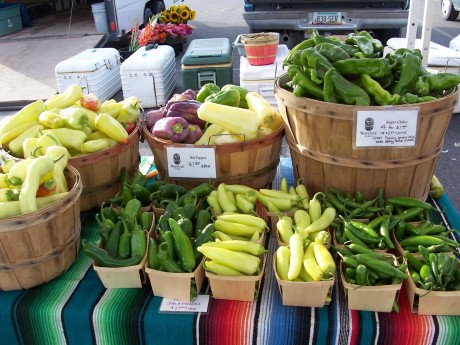
Community Supported Agricultures. Over the last 20 years, Community Supported Agriculture (CSA) has become a popular way for consumers to buy local, seasonal food directly from a farmer. Here are the basics: a farmer offers a certain number of “shares” to the public. Typically the share consists of a box of vegetables, but other farm products may be included. Interested consumers purchase a share (aka a “membership” or a “subscription”) and in return receive a box (bag, basket) of seasonal produce each week throughout the farming season.
This arrangement creates several rewards for both the farmer and the consumer.

Advantages for farmers:
- Get to spend time marketing the food early in the year, before their 16 hour days in the field begin
- Receive payment early in the season, which helps with the farm’s cash flow
- Have an opportunity to get to know the people who eat the food they grow
Advantages for consumers:
- Eat ultra-fresh food, with all the flavor and vitamin benefits
- Get exposed to new vegetables and new ways of cooking
- Usually get to visit the farm at least once a season
- Find that kids typically favor food from “their” farm – even veggies they’ve never been known to eat
- Develop a relationship with the farmer who grows their food and learn more about how food is grown
- It’s a simple enough idea, but its impact has been profound. Tens of thousands of families have joined CSAs, and in some areas of the country there is more demand than there are CSA farms to fill it. The government does not track CSAs, so there is no official count of how many CSAs there are in the U.S.. LocalHarvest has the most comprehensive directory of CSA farms, with over 4,000 listed in our grassroots database.
